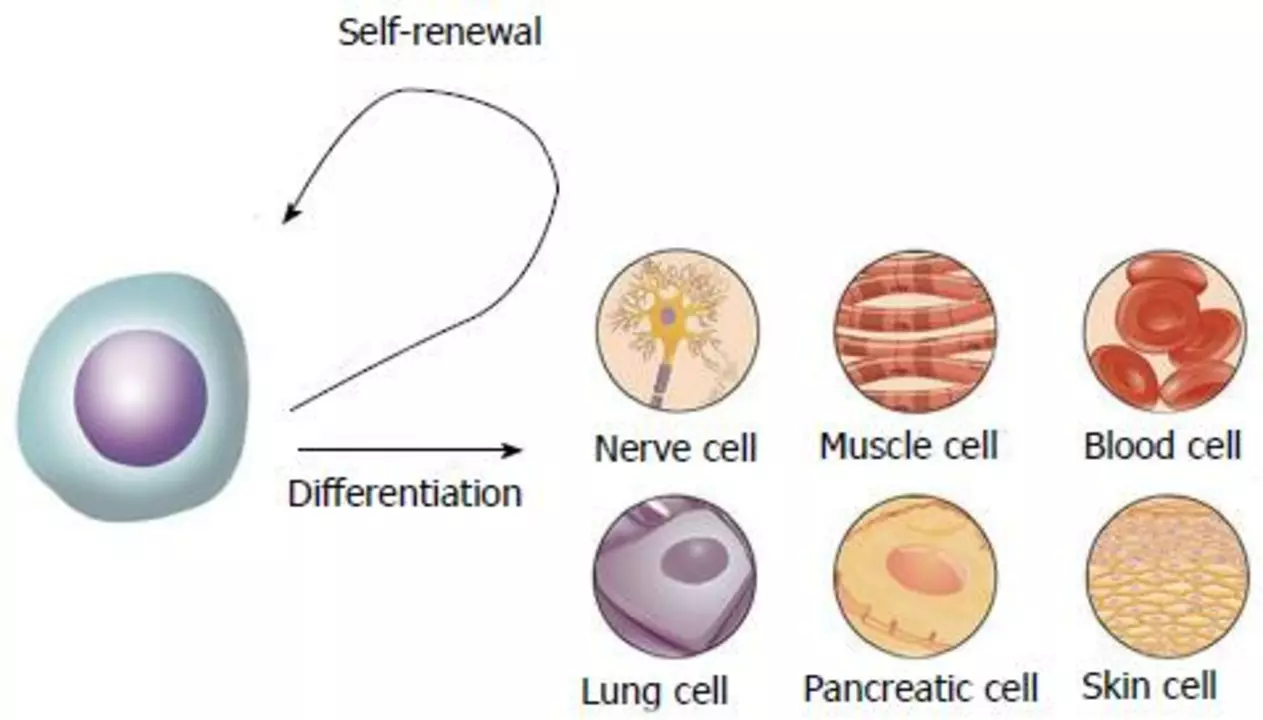Hives: What They Are, Why They Appear, and How to Get Relief Fast
If you’ve ever woken up with red, itchy welts on your arms or torso, you’ve probably dealt with hives. In medical terms they’re called urticaria, but the symptoms are simple enough: raised patches that sting, swell, and disappear after a few hours or days.
Most people get hives because something in their environment triggers an allergic reaction. Common culprits include foods like nuts or shellfish, insect bites, pet dander, or even tight clothing. Stress and sudden temperature changes can also set them off. The good news is that most cases are short‑lived and don’t need a prescription.
Quick Home Remedies to Calm the Itch
First thing you can do is cool the skin. A cold compress or a lukewarm bath with oatmeal helps shrink the welts and eases the burning feeling. Keep your nails trimmed so you don’t scratch yourself into an infection.
If you’re looking for over‑the‑counter help, antihistamines like cetirizine or loratadine are usually effective. Take them as soon as you notice the rash; they work best before the itching gets out of hand. For extra relief, a dose of hydrocortisone cream on the worst spots can calm inflammation, but don’t use it for more than a few days without checking with a pharmacist.
When to Seek Professional Help
If the welts keep spreading, cover large parts of your body, or you start having trouble breathing, call emergency services right away—those could be signs of a severe allergic reaction. Otherwise, schedule a visit if hives last longer than two weeks, show up repeatedly without an obvious trigger, or you notice swelling in your lips or throat.
A doctor can run simple blood tests to pinpoint allergens and may prescribe stronger meds such as prescription‑strength antihistamines or a short course of oral steroids. In chronic cases, they might suggest a referral to an allergist for immunotherapy.
Prevention is often the easiest cure. Keep a diary of foods, activities, and environments you encounter when hives flare up. This helps you spot patterns and avoid triggers in the future. Wearing loose cotton clothing, staying cool on hot days, and managing stress with short walks or breathing exercises can also keep your skin calm.
Bottom line: Hives are annoying but usually manageable. Cool compresses, OTC antihistamines, and a bit of detective work to find triggers will get most people back to normal fast. If the rash sticks around or gets worse, don’t wait—get professional advice and stay on top of it.
How to Identify Hives and Differentiate Them from Other Skin Conditions
- Skincare
- 10


